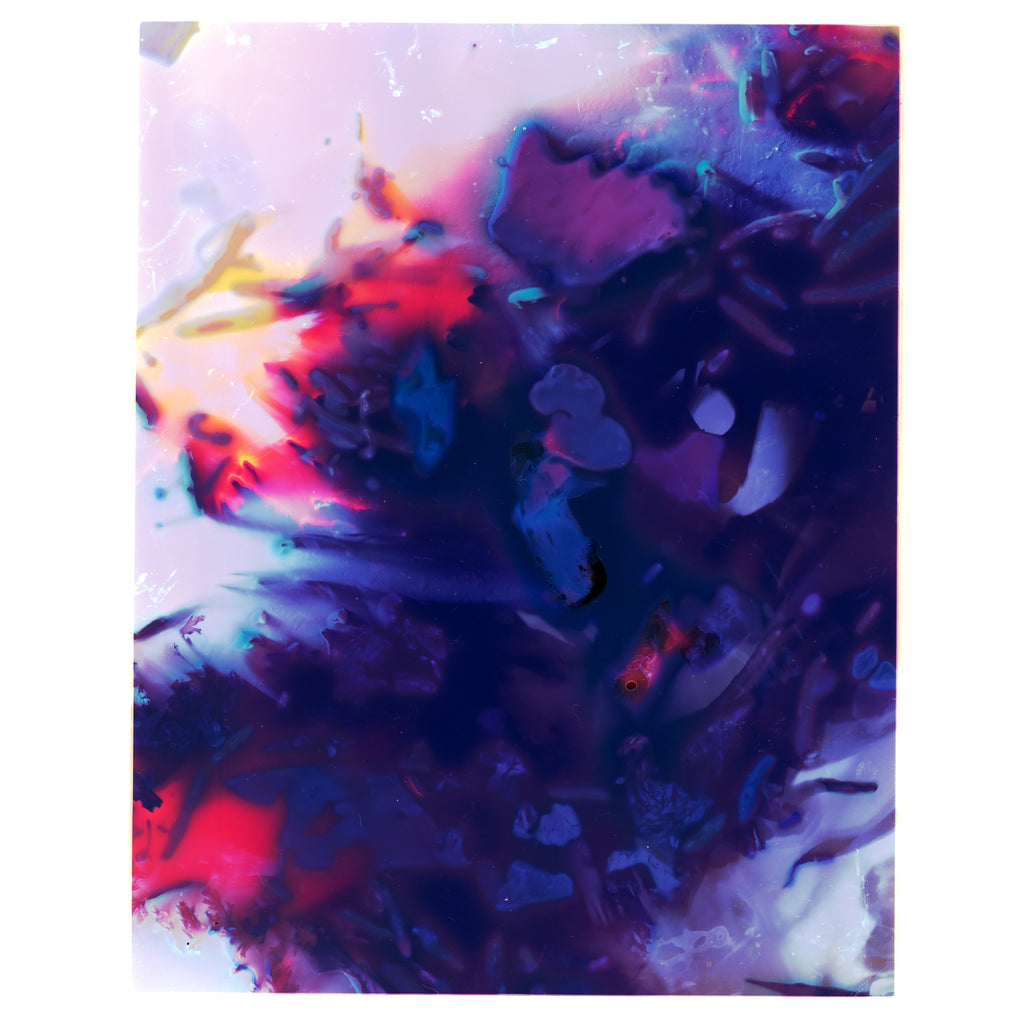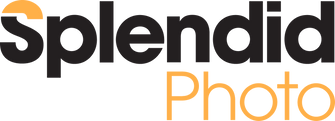(analogue) Photog of the Month (July '24) Chloe Mason

Instagram: @chlochlo_mason
Website: www.chloe-mason.com
How did you get into film photography?
My first 35mm camera was an Olympus point and shoot. I loved taking snapshots of my friends and sending the film off to get developed. Growing up rurally meant that I wouldn’t get scans back for weeks, so finally receiving them felt like christmas!
My Dad gave me his Pentax 6x7 medium format camera when I was only 16. At the time I had no clue how special this was, so my relationship with the camera has deepened slowly with time. Now it’s my most prized possession.
Do you shoot much digital?
Barely ever these days! Shooting analogue has encouraged me to adopt a slower pace, and has given me a deeper connection with the non-human materials I work alongside.
The last time I took digital photographs for my art practice was in 2022. They became glass cyanotypes I was making for an advanced darkroom elective at uni. I took the photographs digitally to try and keep things simple, as glass cyanotypes are very finicky.

Untitled, Cyanotype on Glass, 2022.
What is your favourite thing to photograph?
The natural environment, especially watery places. I aim to consolidate my time spent both outdoors and in the darkroom, by looking at the parallels between eco-somatics and analogue photography. I try to prioritise getting to know land slowly and letting go of outcome in favour of collaboration with the non-human.
These interactions bring me into a more thoughtful state which I can then embody as an approach to art-making. Making photographs with the ocean has made me think about the histories of the water I swim in and the existing meanings of a place, before imposing my own. It is an ongoing journey of learning how I can thoughtfully incorporate the history of Aotearoa into my practice. I understand both my separation and connection to the whenua as Pākehā, and hold this awareness of both difference and relation when creating photographs.

Untitled, Underwater Photo on 35mm, 2022.
Would you say that your photographic process is primarily focused on alternative processing or using a camera?
While I love cameras, I am a bit disenchanted with the sometimes extractive process of ‘taking’ a photograph. I find that alternative processes help me to connect with every single material involved. From the strength of the sun’s rays to the health of the water, I have a new awareness of photography’s intense relationship between the human and non-human. I am quite process-led, and I enjoy choosing a new technique, material or ritual and then allowing it to inform my work, as I find meaning through making.


‘Seawrack’, 35mm film developed with seaweed caffenol, Mākara Beach, 2023
I shot these on 35mm and developed them using a homemade rimurimu (seaweed) caffenol. Using materials gathered from the place within the camera frame created a kind of oceanic self-portrait that a standard photograph wouldn’t have allowed for.
Different kinds of seaweed produce varying results based on the concentration of phenols present, affecting the developing potency. The same timing, temperature, and measurements can be used consistently but do not guarantee an image. The physical labour of foraging the materials added a dimension of connection with the weather, tides, and seaweed health, elements that all contribute to the final image.
How did you become interested in alternative processing?
I remember being introduced to cyanotype during my first year of art school, and I was really taken by the process. I also made a lot of anthotypes during this time, using the pigment of plants grown in the same environment I had photographed. The prints were unfixed, quietly disappearing as they gathered more light. I loved the impermanence of these images, in comparison to cyanotype which is an archival process.

Chlorophyll Print on Lily Leaf, 2023.
It soon became clear to me that alternative processing was the best approach for creating more collaborative images with the environment. I started learning about caffenol developers, chlorophyll prints, lumens etc. At the time there were limited resources about many of these techniques, so I relied a lot on Reddit lol. Now we have the amazing Handmade Darkroom who have so much knowledge to share here in Pōneke!
One of the first works I made using an alternative process was ‘Water Works’, a cyanotype stop-motion video that documents my experience of going for cold dips. Made up of 900 frames, this work documents the various textures, patterns, and rhythms of this body of water. This video will be exhibited in the group show A Palmful of Water at Te Whare Hēra, showing until 14th July.


Water Works, Cyanotype stop motion stills, 1:13, single-channel video, 2022.
Cold dips gave me a newfound recognition of the world as a watery commons and the permeable boundaries of both my own and other bodies of water. This changed my approach to working in the darkroom and pushed me to reconsider the chemicals I am contributing to the hypersea. Hence the use of cyanotype, a less-toxic darkroom printing technique using iron, rather than silver.
How would you describe your alternative photographic process?
The process is slow, connected, and one of my greatest teachers. When I don’t get the results I want (for something more outcome-oriented like the glass cyanotypes) it can be frustrating. There are often so many variables at play that it can be hard to pinpoint the issue. This encourages me to zoom out and hold a larger awareness of the process as a whole.

‘Sea Wrack’, 35mm, Kodak Ultramax 400 Buried in Seaweed, 2023.
There’s an element of surrender to alternative photographic processes, where you have to give up control over the outcome. Last year I began to embrace this more and started making more collaborative works, by burying film cassettes amongst piles of seaweed along the intertidal zone of Mākara Beach. The resulting images visualise the pollutant load that seaweed absorbs from contaminated waters, as it eats away at the film emulsion for up to four weeks, reacting with the chemical makeup of the negative, and documenting what is not normally perceptible.

‘Receding Twice Daily’, 4x5 film, Kodak Ektar 100 Buried in Seaweed, 2023.
Is there anything in the future that you’d like to incorporate into your practice?
I recently started burying loose sheets of 4x5, rather than keeping them in the cassette. This is a much faster process and it requires me to bury/retrieve the film at night - so I’m excited to continue with this and find more ways to refine the process.
Moving forward I’m excited to continue experimenting with different installation techniques, as I’m still figuring out how to best present these images. I have previously backlit an image of 4x5 film that I’d buried in seaweed with a pine light-box. I love how the light-box illuminates detail and colour while serving as a reminder of the role light plays in the exposure of the film.


‘Microbial Tide’, 4x5 film, Kodak Ektar 100 Buried in Seaweed, 2023.
Quick fire ten questions:
- 35mm or 120? 120
- Colour or B&W? Colour
- Zoom Lenses or Fixed? Fixed for sure!!
- Portrait or Landscape (Orientation)? Portrait
- Flash or Natural Light? Natural Light
- SLR (or TLR) or Rangefinder or Point and Shoot? SLR
- Must be razor sharp or more about the aesthetic? Aesthetic
- Favourite Camera? Pentax 6x7
- Favourite Photographer? Francesca Woodman
- Favourite Photo Book? ‘A Book of Days’ by Patti Smith, ‘Mirror City’ by Harry Culy, ‘A Garden is a Long Time’ by Jenny Bornholdt and Annemarie Hope-Cross.

Leave a comment